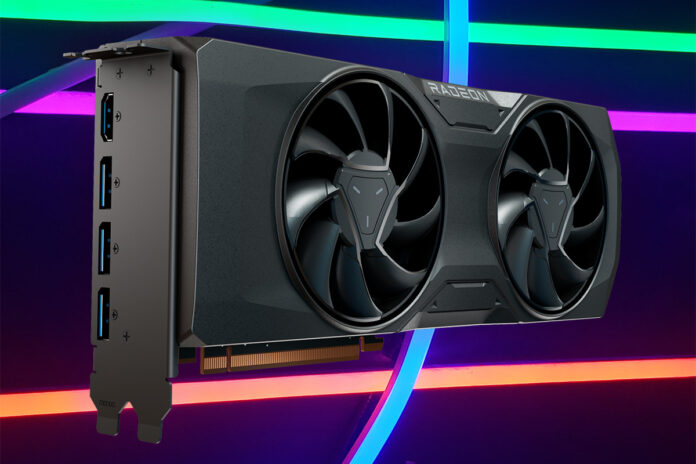It’s time to put to bed all the rumours and leaks of recent months, as AMD has officially unwrapped its eagerly-anticipated, mid-range RDNA 3 Radeons.
The cards in question – RX 7800 XT at $499 and RX 7700 XT at $449 – arrive nearly a year after RX 7900 XTX made its debut, and aim to bridge massive gaps in a product range that, until today, has been severely lacking in affordable options.
Described by AMD as “the ultimate graphics cards for 1440p,” the duo is intended to ruffle the feathers of Nvidia’s $599 GeForce RTX 4070 and $399 RTX 4060 Ti, while serving as a precursor for long-overdue features such as Fluid Motion Frames.
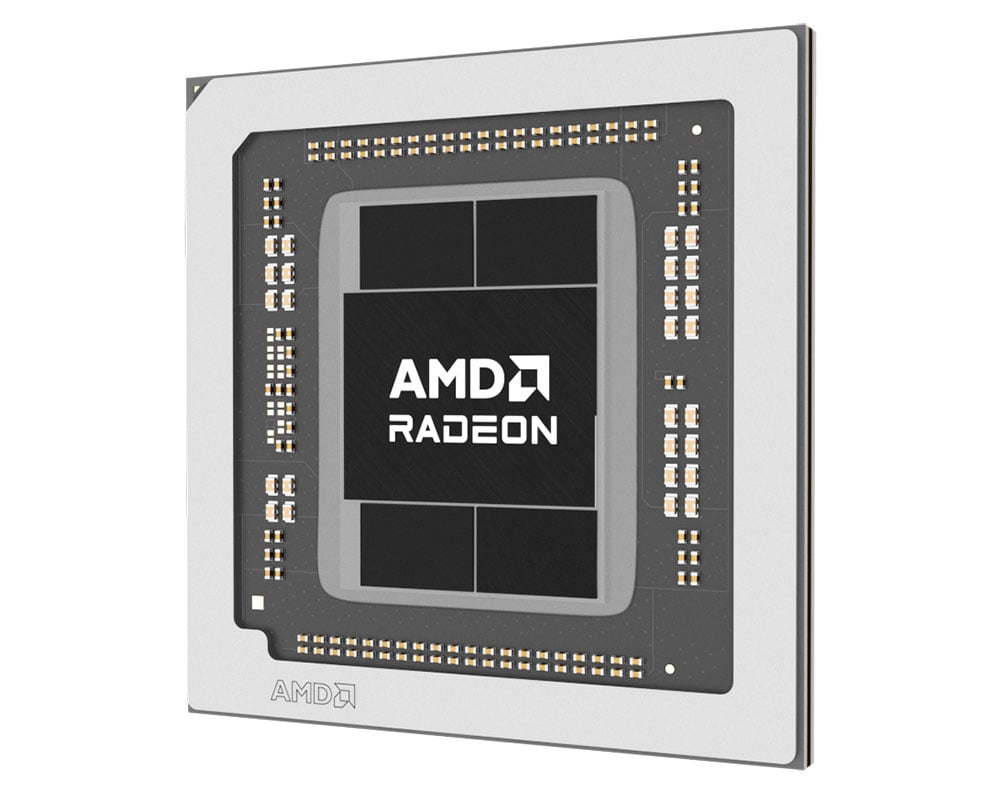
Unlike the relatively simplistic, monolithic RX 7600, AMD’s latest additions employ the same forward-looking chiplet technology as cards further up the stack, with a central 200mm2 Graphics Core Die (GCD) built on a 5nm process, flanked by either three or four 6nm Memory Core Dies (MCD).
With retailers and partners being given as much time as possible to clear surplus RX 6000 Series stock, RDNA 3 Radeons nearer the $500 price range have been a long time coming. Now the wait is nearly over, it’s time to break out the Club386 Table of DoomTM.
| Radeon RX | 7900 XTX | 7900 XT | 7800 XT | 7700 XT | 7600 |
|---|---|---|---|---|---|
| Launch date | Dec 2022 | Dec 2022 | Sep 2023 | Sep 2023 | May 2023 |
| Codename | Navi 31 | Navi 31 | Navi 32 | Navi 32 | Navi 33 |
| Architecture | RDNA 3 | RDNA 3 | RDNA 3 | RDNA 3 | RDNA 3 |
| Process (nm) | 5/6 | 5/6 | 5/6 | 5/6 | 6 |
| Transistors (bn) | 57.7 | 57.7 | 28.1 | 28.1 | 13.3 |
| Die size (mm2) | 522 | 522 | 350 | 350 | 204 |
| Compute units | 96 of 96 | 84 of 96 | 60 of 60 | 54 of 60 | 32 of 32 |
| Stream processors | 6,144 | 5,376 | 3,840 | 3,456 | 2,048 |
| Boost clock (MHz) | 2,500 | 2,400 | 2,430 | 2,544 | 2,625 |
| Peak FP32 TFLOPS | 61.44 | 51.61 | 37.32 | 35.17 | 21.50 |
| RT cores | 96 | 84 | 60 | 54 | 32 |
| AI cores | 192 | 168 | 120 | 108 | 64 |
| ROPs | 192 | 192 | 96 | 96 | 64 |
| Infinity Cache (MB) | 96 | 80 | 64 | 48 | 32 |
| Memory size (GB) | 24 | 20 | 16 | 12 | 8 |
| Memory type | GDDR6 | GDDR6 | GDDR6 | GDDR6 | GDDR6 |
| Memory bus (bits) | 384 | 320 | 256 | 192 | 128 |
| Memory clock (Gbps) | 20 | 20 | 19.5 | 18 | 18 |
| Bandwidth (GB/s) | 960 | 800 | 624 | 432 | 288 |
| PCIe interface | 4.0 x16 | 4.0 x16 | 4.0 x16 | 4.0 x16 | 4.0 x8 |
| Power (watts) | 355 | 315 | 263 | 245 | 165 |
| Launch MSRP ($) | 999 | 899 | 499 | 449 | 269 |
Navi 32 – Better Late Than Never
Running through the specifications serves up little in the way of surprise. RX 7800 XT is a full implementation of the Navi 32 die, providing 3,840 stream processors, while RX 7700 XT disables half-a-dozen compute units to bring processor count down to 3,456.
A reduction of 29 per cent leaves plenty of segmentation between RX 7800 XT and RX 7900 XT, and the cull is plainly reflected elsewhere, with RT and AI cores also lessened proportionally.
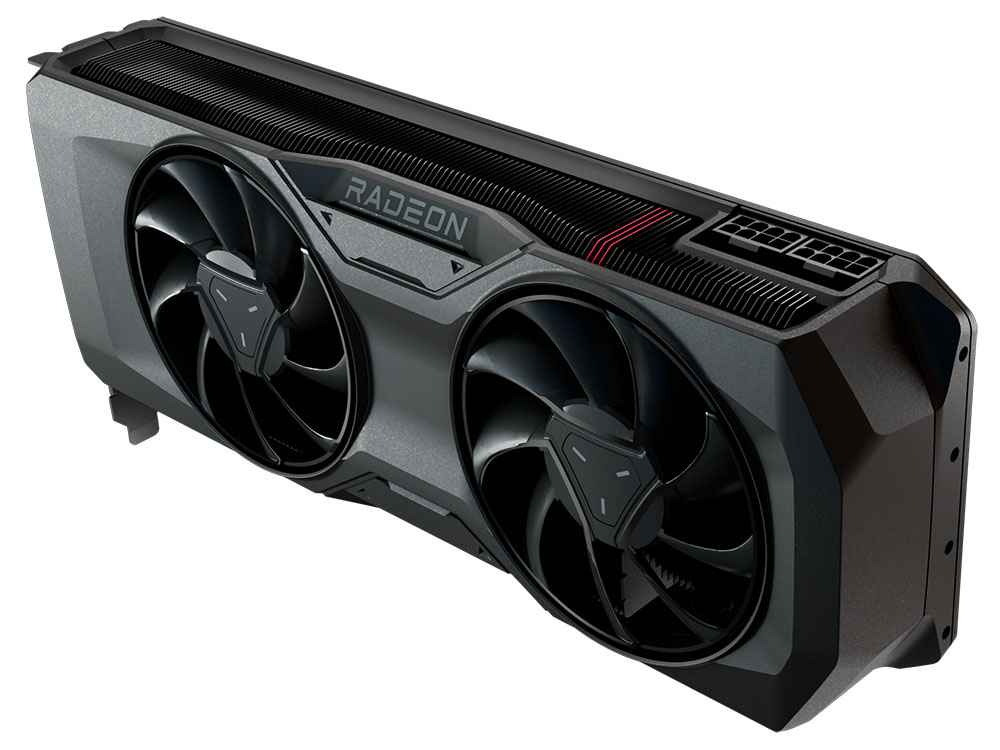
Core composition suggests the mid-range siblings are closely matched – peak teraflops would intimate there’s barely anything in it – yet AMD is careful in choosing back-end configurations, and appreciates an easy win in an area its rival often leaves something to be desired. Whereas RTX 4060 Ti employs 8GB of memory via a narrow 128-bit bus, RX 7700 XT ups the ante with 12GB via a 192-bit interface.
Offering even more on-paper bandwidth, RX 7800 XT carries 16GB of memory and a 256-bit bus. Team Red is keen to highlight the fact that you’d need to spend $1,199 on RTX 4080 to get that sort of memory configuration from a current-gen GeForce.
Speeds and feeds aside, there are two key takeaways from AMD’s launch. Firstly, pricing is indicative of both a slowing market and stern opposition from a competitor who remains a generation ahead with regards to advanced features such as ray tracing or AI frame generation.
$499 for RX 7800 XT beats most enthusiast’s expectations, and though we’re of the opinion the price gap between 7800 XT and 7700 XT needs to be wider, it’s worth pointing out buyers of either card will get Starfield included as part of the bundle.
Frame Generation and AFMF
Secondly, and much like the competition, focus is shifting away from pure rasterisation capabilities to AI acceleration and feature enhancements. Support for DisplayPort 2.1 and AV1 encoding remains present throughout the range, and starting Q1 2023 – yes, we’ll have to wait a little longer – AMD will finally rollout its answer to Nvidia DLSS frame generation in the form of ‘Fluid Motion Frames.’
Promising ‘massive performance’ jumps, Fluid Motion Frames, first launching for RDNA 3 cards, will join the likes of Super Resolution upscaling and Anti-Lag+ in an effort to deliver startling framerate boosts akin to what we’ve seen from DLSS 3.
Demoing the tech in Luminous Productions’ Forspoken, AMD’s internal testing shows average in-game FPS climbing from 64 to 106 with AMD Fluid Motion Frames (AFMF) enabled at a 1440p resolution. A 66 per cent increase is not to be scoffed at, yet we’re eager to conduct our own testing in order to ascertain how well AFMF works with regards to image quality.
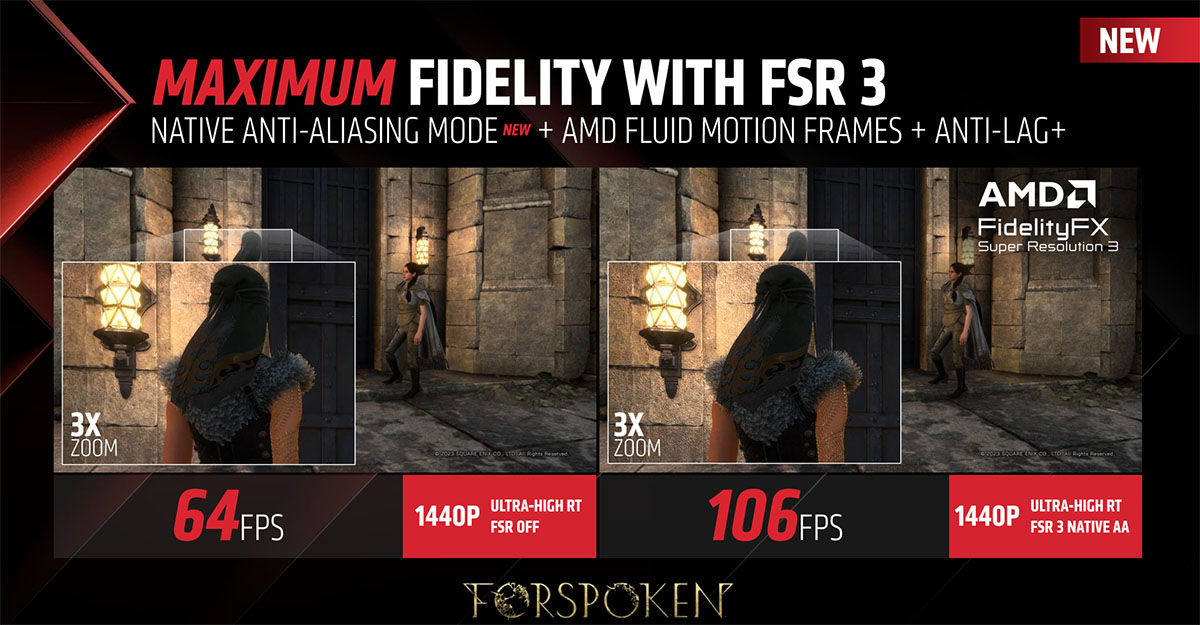
Club386 was privy to a behind-the-scenes demonstration at Gamescom of AFMF technology running on the The Last Of Us. What we can say is the framerate increased by a significant margin, but there are caveats to be aware of.
You see, AMD’s also-upcoming FSR 3 Frame Generation and AFMF are not exactly the same thing. FSR 3 Frame Generation uses AFMF and motion-vector data for optimum results. As such, it needs to be integrated by the developer. Strict AFMF, on the other hand, doesn’t have access to this motion-vector data, so pure image-quality results won’t be quite as good as Frame Generation within FSR 3.
The upside to an AFMF-only approach is that it’s a driver-based software solution that works on all DX11 and DX12 games without the need for specific dev integration, and therefore it’s a key cornerstone of AMD’s overarching but delayed framerate-boosting initiative.
Bolstered Hardware
What we can say for certain at this point is that the new Radeons bring much-needed competition to the mid-range space. The RX 7800 XT will be available in a reference Made By AMD (MBA) design adopting a tidy 2.5-slot form factor with dual eight-pin power connectors.
Contrary to earlier leaks, Club386 understands the RX 7700 XT will not be available in MBA form, with the onus instead shifting to AMD’s roster of partners.
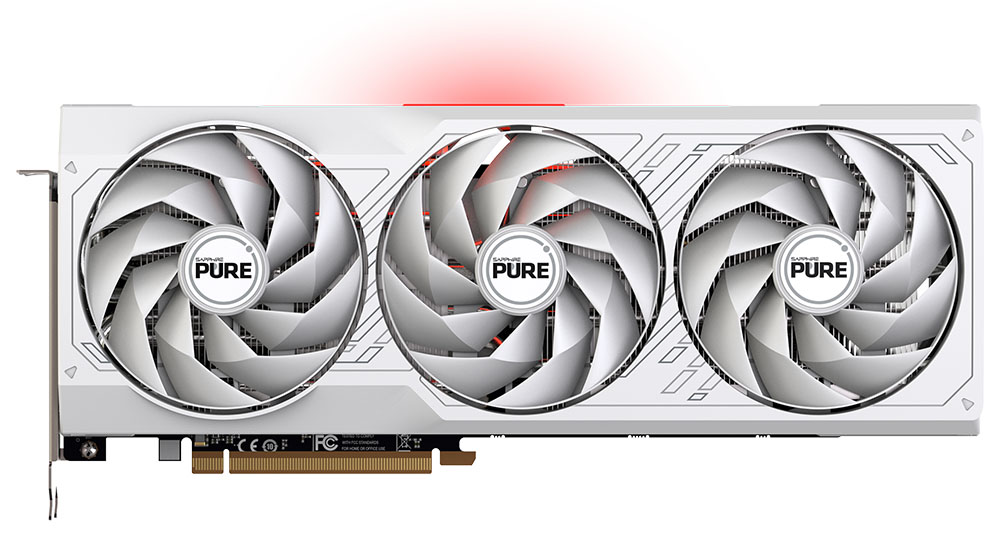
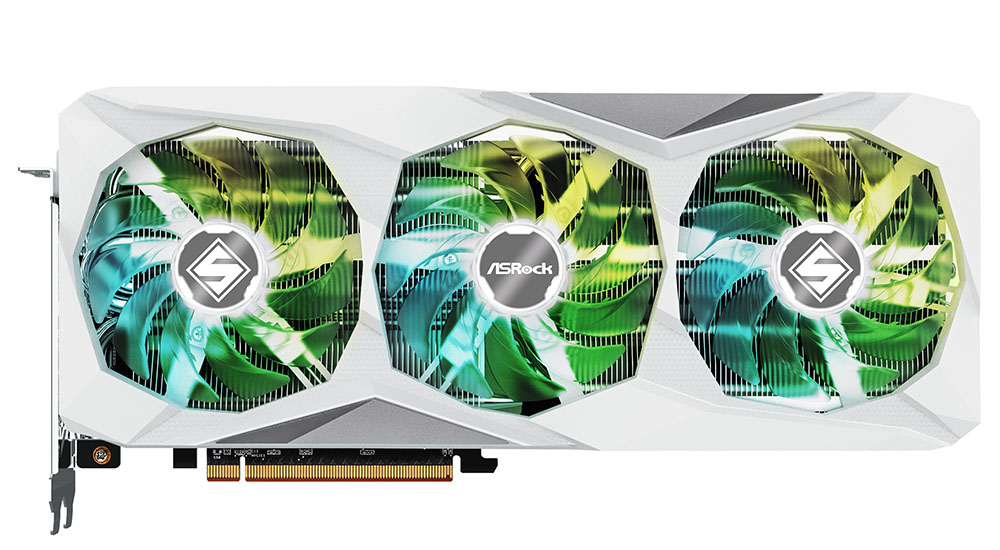
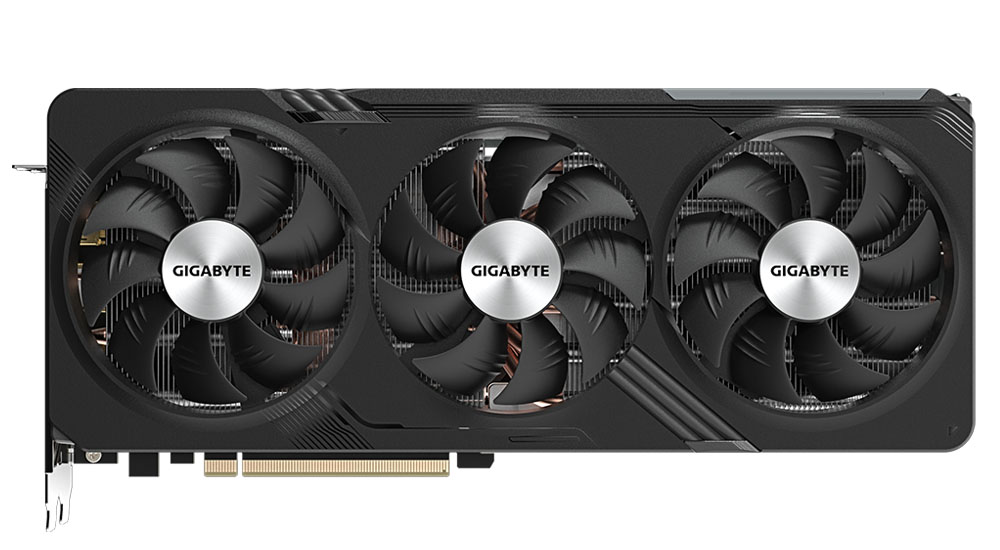
A wide range of custom cards for both 7800 XT and 7700 XT are on the way from the likes of ASRock, Gigabyte and Sapphire, many of whom are choosing to equip said GPUs with lavish triple-fan coolers. While top-end models are expected to fetch a premium, our conversations with multiple partners suggest all the big names will have at least one model intended to meet AMD’s official SRP.
Itching to see real-world test results? We’re firing up the Club386 test platforms as we speak. Stay tuned for all the benchmarks and analysis on September 6.

